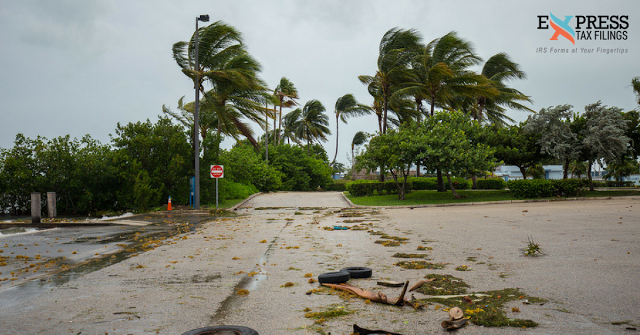How Hurricanes Harvey and Irma Affected Small Businesses
As Houston beginnings to recover from the devastating impact of Hurricane Harvey, we now turn our eyes to the Southeast where Hurricane Irma hits hard. This season we are again reminded of the discord and power these events have on the lives of individuals as well as small business and by extension the local economy.
Severe weather, drought, flooding, extreme cold or heat has always been a concern for companies; but now these conditions are just part of a larger problem. Experts claim that climate change can not be attributed to any one event, but we can all expect that these extreme weather conditional will happen more often and with more intensity due over time.
Small businesses are at a greater risk than big corporations because they either do not have the funds to prepare for such a disaster or aren’t considering the tremendous risk they are facing to their operations.
According to the Small Business Bureau companies employing less than 20 individuals make up 42 percent of the workforce in the United States. Imagine what would happen to your local economy if 25% of its small business were suddenly closed?
When Hurricane Sandy struck the east coast of the US in 2012 thousands of small businesses were decimated. Although some were able to survive for 20,000 -30,000 establishments that sadly was not the case.
It has been stated by the American Sustainable Business Council (ASBC) that when faced with a fatal natural disaster 25 percent of small businesses affected will practically cease to exist in a matter of moments.
Here are 3 ways you can prepare your business for a natural disaster and reduce the risk of your small businesses closure:
Reduce Risk of Closure:
Create a well thought out strategy by recognizing the threats your business could face a disaster or the risks of climate change specific to your business. Consider your losses of infrastructure, disruptions to your supply chain, or any possible detrimental risk. Ensure your employees and asset are protected in the event of a disaster.
2. Talk to your Local Authorities
As I am sure, you have heard before better safe than sorry. Speak with your local authorities to create a channel of information and ask for help creating a disaster plan and climate preparedness actions.
3. Be a good Neighbor
As a small business, you are linked with your community and are intertwined. The health of your business affects the health of your community. Coordination and planning can help your company sustain less damage and in turn assist the community in which it resides.





